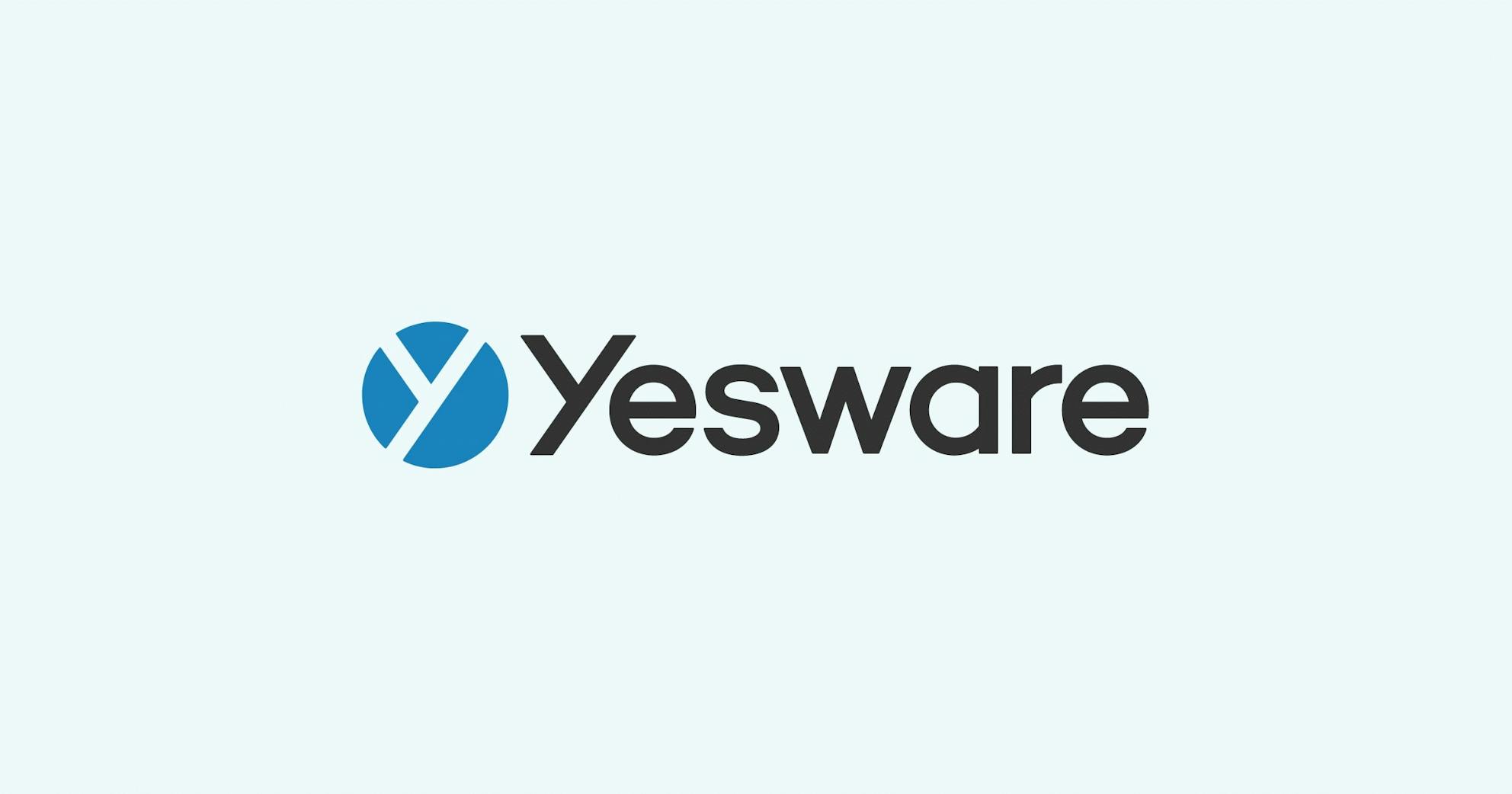Want to Get Your New Hires Fired Up? Start With ‘Why’
Romy Ribitzky

By Nacie Carson, Yesware Contributor
Startups don’t need employees. They need dedicated team players who are committed to going above and beyond to move the organization forward.
But to really sell staffers on your company, both sides need to connect not just about the product or service that you’re performing, but rather on why you’re offering said item or service. Think of your new hires as your first layer of customers.
Connect With the Company’s Mission
Simon Sinek, author of Start with Why, notes that the most successful companies have understood that customers need to be inspired in order to purchase a product. In other words, they need to viscerally connect with the company’s mission or vision. Sinek explains, “People don’t buy what you do, they buy why you do it.”
The same is true for effective startup onboarding: for new hires to transition from mere employees to dedicated disciples, they need to connect with the “why” of your company—the mission, vision, values, reason for existence—not simply the “what”—the mechanics, the product, the services.
It is that connection that will keep these new hires working late into the night, taking ownership of their roles, committing to quality, and loyally sticking with the company instead of jumping on other opportunities that might come along (a particular risk for your Millennial hire).
Yet traditional onboarding is really the onboarding of the “what,” not the “why”—at least not in any impactful sense.
After all the excitement and hype that occurs in the interview process, the first day on the job is almost always a let down for the new hire due to the perfectly adequate focus on “what”: endless pages of paperwork, reviewing role requirements, issuing training manuals, awkward introductions, and a detailed tour of the cabinets in the office kitchen.
The closest new hires get to the “why” of the company is reading a handout with the mission statement on it or watching an outdated, grainy welcome video.
But getting new hires up to speed on the “what” of your company is relatively simple—presumably, you have hired competent, intelligent people who will be able to pick up on the nuances and needs of your products and services.
Getting new hires on board with the “why” can be more challenging, which is why this focus needs to be consciously addressed from the beginning of the onboarding process.
Start With the “Why,” Then Deal With the “What”
For agile startups, adjusting the onboarding process to focus more on “why” doesn’t need to be a cumbersome, costly process. Here are some strategies to help your organization more effectively connect new hires to the “why” of your work that likely fits within your current onboarding practices:
- Pick the Right Person to Tell Your Story: Every company has a story: why it was founded, what the founder hopes to accomplish, what the company has done since inception. Telling that story in person – not just through a handout or video – can effectively resonate with a sense of purpose. But what can make an even bigger difference is finding the right person to tell it. The story won’t pack as big a punch if the introverted, stoic VP shares it instead of the charismatic, earnest CFO. So, be sure to make the company’s storyteller one who can deliver it with the most impact.
- Link Wherever Possible: When showing a new hire the company ropes, be conscious of linking the departments, their functions, and particular people wherever possible to the original story. Instead of, “here’s the HR department,” try “here’s the HR department, John our CEO brought Mary here on in 2011 to help manage the personnel boom we experienced after the first Gizmo took off in the market.”
- Appoint Greeters: In addition to the official telling of the origin story, ask one or two specific members of the team to independently approach new hires and introduce themselves, extend a welcome hand, and tell a little bit about what connects them to the mission or vision of the company. What drives them to come to work every day? Hearing how the “why” impacts other members of the staff in a more casual environment provides another connection point for new team members.
- Explain the Role in Context: When onboarding new hires for their specific position, take the extra time to discuss how their particular role requirements support and advance the company’s operations. Why is this function important? How will the individual’s work directly contribute to the mission, vision, values, or reason for being? Contextualizing the new hire’s role in “why” from day one bridges the gap between mission and function permanently in their minds and makes them an integral part of it.
What is exciting about startups is that, unlike larger, more established companies, every employee is enthusiastic about being part of something with potential (and future high earning power). But to move that excitement from something shallow and untethered to a deeper-rooted sense of loyalty and commitment, the new hire needs to be connected to something more substantial than the promise of future riches. They need to be connected to the bigger picture, the mission, the vision—the “why.”
Because, as Sinek might say, new hires won’t connect with what your company does, they will connect with why your company does it.
Nacie Carson is the author of The Finch Effect: The Five Strategies to Adapt and Thrive in Your Working Life and founder of www.TheLifeUncommon.net.
Get sales tips and strategies delivered straight to your inbox.
Yesware will help you generate more sales right from your inbox. Try our Outlook add-on or Gmail Chrome extension for free, forever!
Related Articles
Casey O'Connor
Casey O'Connor
Casey O'Connor
Sales, deal management, and communication tips for your inbox

